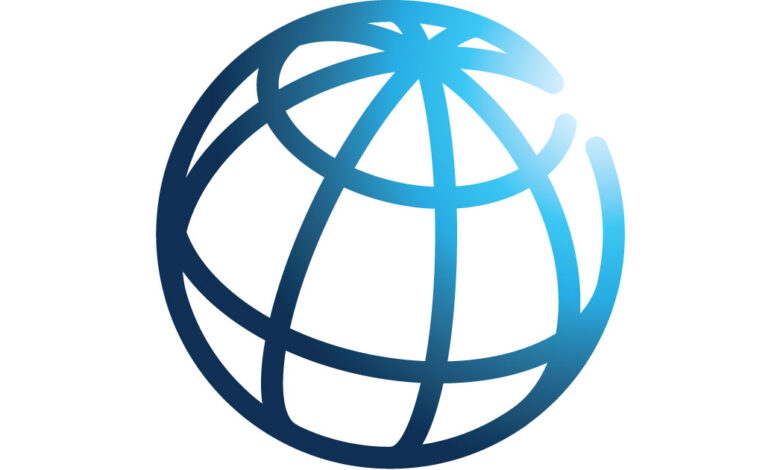Policy Reforms For Dignity, Equality, and Menstrual Health

[ad_1]
What policy approaches are available?
An increasing number of governments have turned to policies and regulations in an effort to make menstrual products affordable, accessible, and safe. Effective policies complement broader efforts to expand information and knowledge on menstrual health and hygiene, and help to overcome stigma and taboos.
Globally, proposals to reduce or eliminate taxes on menstrual products or their inputs have gained prominence. Countries have taken different approaches. Bangladesh temporarily removed the value-added tax on raw materials to boost local production of these products. Kenya began removing taxes on menstrual products in 2004, and by 2016 it had removed VAT on imported menstrual products as well as on the raw materials for their production. Similarly, Nigeria removed VAT from locally manufactured products. Countries such as Malaysia, Lebanon, Tanzania, Ireland, Colombia, and Mexico have completely removed VAT on menstrual products.
Do tax reforms effectively reduce consumer prices? The evidence is mixed, and much depends on market competition and the structure of private production. Tax cuts mean foregoing tax revenues that could be used to target subsidies or free products in schools, while benefits may not be passed onto to the consumer in uncompetitive markets. In some cases, the price of products is so high to begin with that an incremental reduction in taxes may fail to broaden affordability, benefiting the wealthy more than the poor. For example, a study found that removing taxes in Bangladesh, Kenya, Nigeria, and South Africa did not lead to cheaper products. So when considering such reforms, it is important for governments to first understand the market structure and review the full range of policy options to effectively influence prices.
Campaigns for tax reforms can, however, broaden public discussion about attitudes and beliefs, helping to raise awareness about menstrual health and eliminate the stigma that surrounds it in many countries.
Other policy options to consider include distributing menstrual products freely or at subsidized prices for low-income groups, and in public places such as schools and shelters. Subsidies can also be used to incentivize local entrepreneurs to manufacture their own products. Social entrepreneurs – enterprises that apply commercial strategies to meet social objectives – can play a role in this space, particularly where they aim to serve consumers at low cost.
Direct conditional cash transfers are another useful tool. This can take the form of a discount card that consumers use when buying menstrual products. Evidence suggests that women feel empowered when they are given the opportunity to buy products themselves. Enabling poor communities to buy affordable products also has the potential to shift perceptions on the value of such products.
Opportunities exist to increase female entrepreneurship and employment in the production of affordable and quality menstrual hygiene products. Production and distribution of sanitary products can also address issues around sexual and reproductive health, affordability, and environmental sustainability. For example, scaling up the production of compostable menstrual products creates jobs for women while reducing solid waste. Similarly, product packaging and marketing can include messages on female reproductive health, helping to overcome stigmas and taboos.
In addition to being affordable, products need to be of good quality. This is especially important for poor people, who are likely to use products for longer. Regulations and guidelines on quality standards should be put in place, such as criteria on absorption, comfort, durability, and fabrics to be used.
Promoting dignity, gender equality, and reproductive health
To promote dignity, gender equality, and reproductive health, the World Bank’s Water Global Practice is increasingly working with countries to include menstrual health and hygiene interventions in water-related projects. At present, more than half of the World Bank’s water supply and sanitation projects include a menstrual health and hygiene component.
In Bangladesh, for example, the Rural Water, Sanitation and Hygiene for Human Capital Development Project aims to empower women and remove the stigma associated with menstruation, which stops some women from buying menstrual hygiene products in public. It does this by providing loans to social enterprises to sell sanitary napkins to women directly in their homes, among other activities.
Similarly, the Scaling-Up Water Supply, Sanitation and Hygiene Project in Lao PDR is improving access to affordable products by supporting a local company to produce and distribute affordable reusable sanitary napkins.
This commitment to menstrual health and hygiene is also reflected across different parts of the World Bank Group. For example, the government of Niger – with support from the World Bank, the Global Financing Facility for Women, Children and Adolescents (GFF), and the United Nations Population Fund through the Niger Building Institutions and Human Capital Development Policy Financing – has embarked on broad reforms that include the creation of comprehensive sexual and reproductive health education classes in secondary schools to enable adolescent girls to access information on their health and bodies, including on menstrual health and hygiene. To ensure sustainability, Niger’s efforts are financed by a 15-year program supported by the World Bank and the GFF that focuses on innovative interventions to empower girls and women, including by supporting health education.
Read more information about the World Bank’s work in menstrual health and hygiene.
[ad_2]
Read More



